Your bush looks like a Euonymous, an evergreen bush common in your area, but we can’t be sure without a close up of the leaves. Regardless of the type of bush it is, it clearly has suffered damage to several branches, either from mechanical injury, a disease process, or from some type of critter.
We recommend removing the dead branches as far as they extend into the base of the shrub. You’ll want to closely inspect both the damaged branches and the soil around the base of the shrub to try to determine what may have caused the branches to die.
Individual branches on any plant can suffer and even die from the weight of heavy snow. Often the damage isn’t seen until mid-late spring. Look for bent and splintered branches.
Also look for signs of critter damage such as nests, chewing marks on the dead branches, etc., so you can deal with the offending critter(s) before more branch damage occurs. Sometimes voles, small field mice, get into these shrubs and chew the outer layer of the branches, cutting off the water supply. They leave trails or furrows in the soil at the base of the plant. You’ll want to contact your local extension agency for control information if you see critter damage. Here’s a link to their website – http://extension.usu.edu/saltlake/
If you don’t see evidence of the above, check the dead branches for swollen areas called galls. These are present when an insect or bacteria has entered the branch. They also cut off water supply to the branch. Here’s a link to a website with more information, including pictures of galls, so you’ll know what to look for – http://www.clemson.edu/extension/hgic/pests/plant_pests/shrubs/hgic2054.html
If you find galls, remove the branch, including the portion with the gall. Whatever tools you use to remove the dead branches, don’t use those tools on any other plants, including this one, until you have sanitized them by wiping them with rubbing alcohol in case their is a disease process that could be spread to other plants via your pruners.
Your decision as to whether to remove just the affected branches and wait for regrowth or remove the entire shrub is somewhat based on determining the source of the damage. If it’s bacterial, resulting in galls, the same infection can occur on a new similar shrub. If all of this seems overwhelming and a lot of work, you can simply remove an affected branch back to the base of the shrub and take to a local nursery or to your extension agency for a more thorough examination and suggestions on removing the entire shrub vs removing just the affected branches.
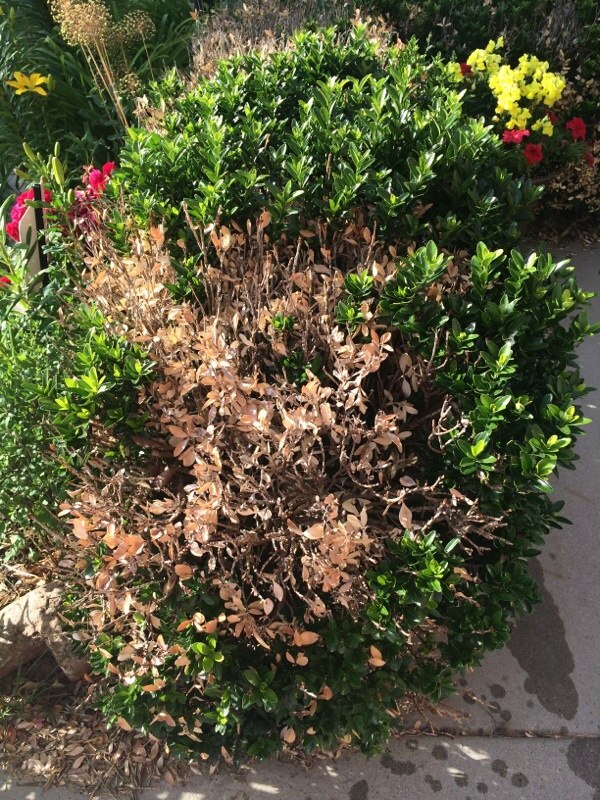
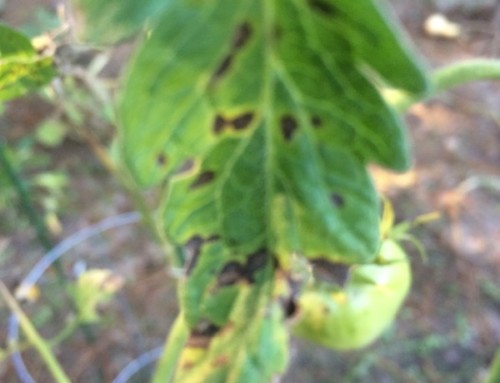
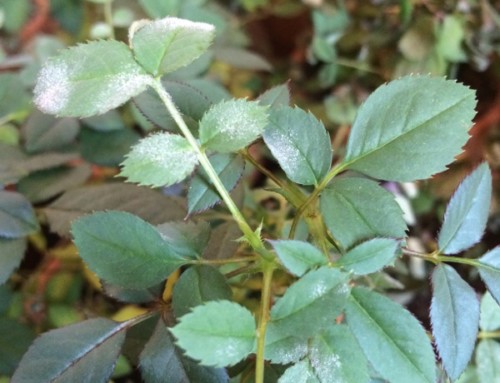
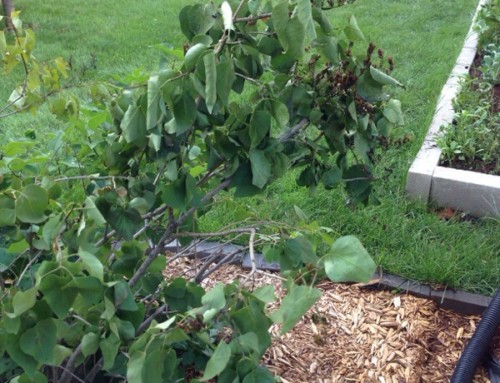
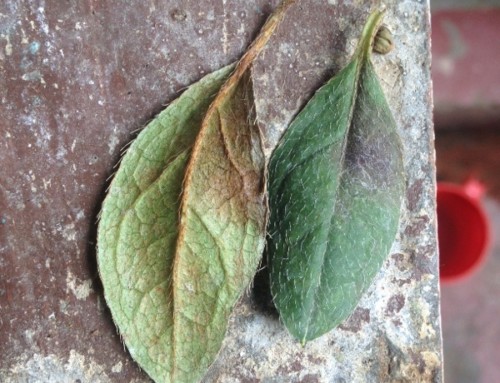
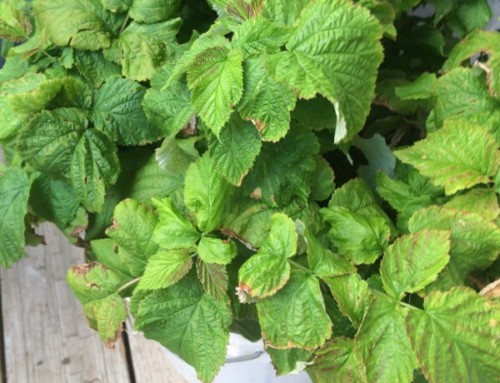
Leave A Comment